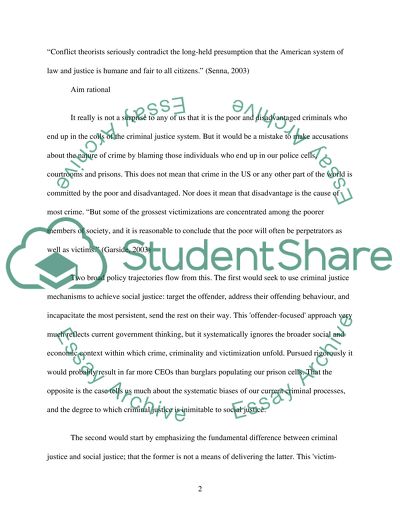Cite this document
(“Sociological research-there is a relationship between social class and Essay”, n.d.)
Retrieved from https://studentshare.org/miscellaneous/1536920-sociological-research-there-is-a-relationship-between-social-class-and-crime
Retrieved from https://studentshare.org/miscellaneous/1536920-sociological-research-there-is-a-relationship-between-social-class-and-crime
(Sociological Research-There Is a Relationship Between Social Class and Essay)
https://studentshare.org/miscellaneous/1536920-sociological-research-there-is-a-relationship-between-social-class-and-crime.
https://studentshare.org/miscellaneous/1536920-sociological-research-there-is-a-relationship-between-social-class-and-crime.
“Sociological Research-There Is a Relationship Between Social Class and Essay”, n.d. https://studentshare.org/miscellaneous/1536920-sociological-research-there-is-a-relationship-between-social-class-and-crime.


